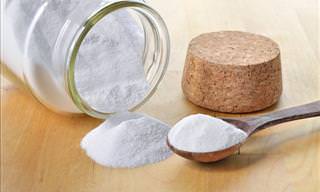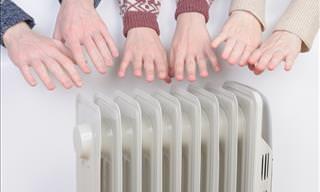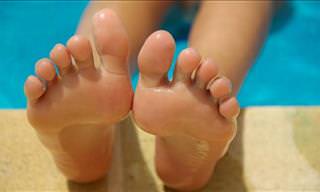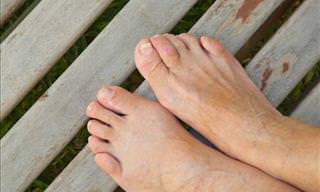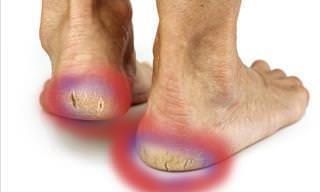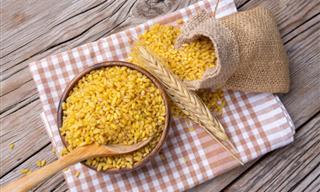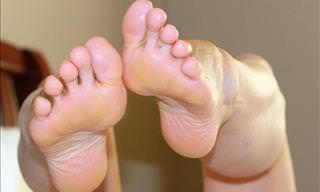It’s never pleasant when you head out for a walk or jog and you begin to feel a throbbing sensation in your heels. Contrary to what you might think, this sensation afflicts no less than 40% of all Americans each year, according to the American Podiatric Medical Association. Factors that contribute to this discomfort include repetitive strain, natural aging, or even wearing the wrong shoes. This guide will elaborate on the reasons for heel pain, and also offer you 5 effective solutions to alleviate it:
1. Plantar Fasciitis
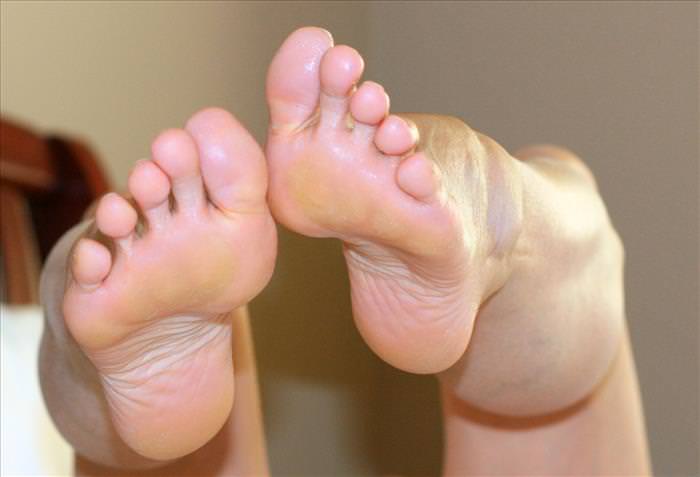
Image Source
This is the most common cause of heel pain, afflicting some 2 million people annually. The plantar fascia is a band of tissues that runs down the arch of the foot, connecting the toes to the heel. Its function is to help the foot absorb shock, but it can become inflamed after being subjected to repeated pressure from walking or running. The resulting pain is most pronounced in the morning, or after a period of time spent sitting or standing.
The reason for the pain being most pronounced in the morning is because the arch of your foot goes back to its natural position when you’re sleeping, as does your plantar fascia. As soon as you take your first step after you wake, your plantar fascia stretches out again, causing micro tears, which can be very painful. Other causes for plantar fasciitis are tight calf muscles or Achilles tendons, wearing shoes with little to no arch support, being flat-footed, or increasing the amount of physical activity you’re doing far too quickly.
How to Treat It
Over-the-counter anti-inflammatories such as Ibuprofen work well, as does icing the affected area. Further irritation can be avoided by wearing more supportive shoes and resting your foot as much as possible. It’s also a good idea to change the shoes you wear every four to six months.
Exercises
Sit with your legs stretched out in front of you, then place a rolled towel around the ball of one of your feet. Hold each end of the towel with your hands, and then gently pull your foot towards you. Hold for 15-30 seconds, then repeat the exercise on your other foot.
Stand on a bottom stair, moving your feet backwards so that your heels fall off the edge. Hold the wall or rail for support, shifting your weight to one foot. Then, lower your foot’s heel toward the floor and hold for 15-30 seconds. Repeat the exercise on your other foot.
2. Fat Pad Atrophy
The average human being walks an astounding 100,000 miles in their lifetime, so it’s no surprise that the foot’s natural cushioning wears down over the years. Having thinner fat pads on your heel means that the pressure it’s exposed to increases. This is the second-most common reason for heel pain.
How to Treat It
This kind of heel pain can be treated using a threefold approach, namely resting your feet, icing your heels and taking anti-inflammatories. However the best thing you can do for this kind of ailment is to wear the most supportive shoes you can. This means wearing flats or high heels as infrequently as possible if you’re a woman. If you enjoy walking or running as part of your fitness regime, try do these activities on a soft surface such as grass or a track as opposed to a sidewalk.
3. Achilles Tendinitis
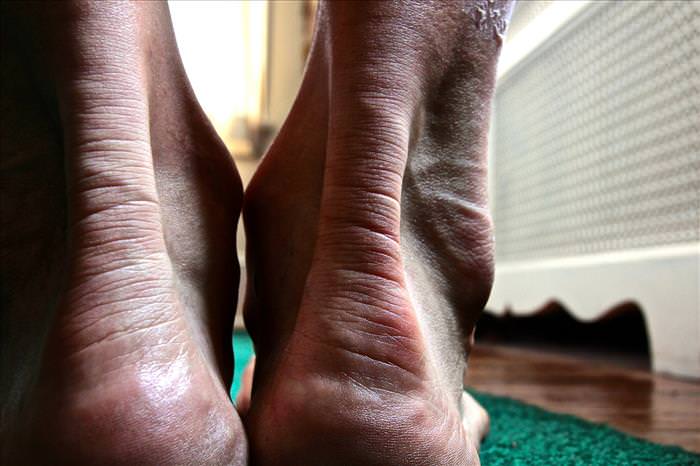
Image Source
The Achilles tendon is the largest in the human body. It connects the calves to the heel bones. It can become inflamed following excessive physical activity, such as walking or jogging. Tightened calf muscles can also place strain on the Achilles tendons.
How to Treat It
The exercises as outlined above for plantar fasciitis also work wonders for Achilles tendinitis. Also try massaging your calves and tendons to increase blood flow to the area, as doing so can encourage healing. Consider wearing heel lifts in your shoes. If the pain persists over the course of a few weeks, be sure to see a physician.
4. Stress Fracture
If you happen to have increased the amount of jogging or walking you do, then it can lead to a small crack in the bones of your feet, which is known as a stress fracture. While stress fractures can occur in any of the bones in the human body, the bones in the feet are probably the most prone to them occurring due to the repetitive pounding they receive day after day.
How to Treat It
If you have any sort of suspicion that you have a stress fracture, be sure to see a doctor. In some instances, a diagnosis can be made on the basis of you elaborating your symptoms alone, however an imaging test can also be conducted should he or she need to investigate further. The best remedy for a stress fracture is lots of rest.
5. Arthritis
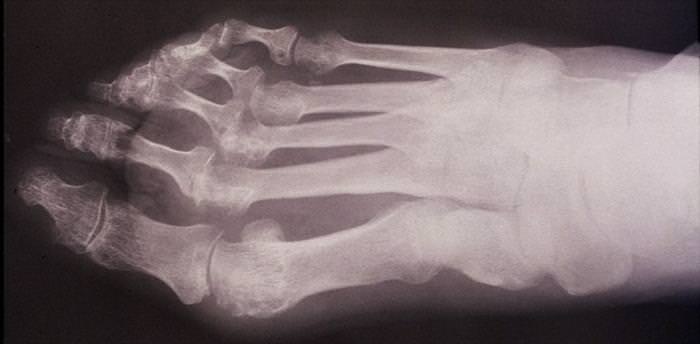
Image Source
This disease causes inflammation of the joints, and can affect your feet, just as it can affect most other parts of your body. The risk of developing arthritis is increased in people who are flat-footed. It generally affects the bones located in the middle of the foot, however it can also affect the heel bone. If you’ve ever had an ankle injury, it’s possible that you might develop post-traumatic arthritis due to cartilage damage sustained in the injury.
How to Treat It
Arthritis is best treated by resting your feet as much as possible and taking anti-inflammatories for pain relief. Ensuring that the muscles in your feet are strong will also help support the joint and lessen the impact placed on it. Also try the stretches as outlined above for plantar fasciitis. Last but not least, see your doctor, who might be able to recommend a shoe insert for stabilizing your foot.
Content Source: Prevention.com
 Go to BabaMail
Go to BabaMail





